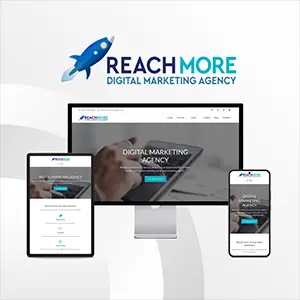Click here to get this post in PDF
If your business feels like it’s constantly chasing new clients while losing existing ones, you’re not alone—and it’s time to act. In 2025, customer retention is no longer a nice-to-have; it’s a profit driver. Research shows that increasing retention by just 5% can boost profits by 25% to 95%. Meanwhile, existing customers spend 67% more than new ones. Yet, across industries, retention rates vary widely—media and professional services lead at 84%, while hospitality and travel lag at just 55%. The message is clear: loyal clients are your most valuable asset. Here’s how to keep them.
Prioritize Onboarding and First Impressions
The client journey begins long before the first sale—but it’s the post-purchase experience that determines long-term loyalty. A structured onboarding process sets the tone for success. According to research, 86% of customers are more likely to stay with companies that provide educational, welcoming onboarding content. For SaaS and service-based businesses, effective onboarding increases renewal likelihood by 92%. Use personalized welcome emails, video tutorials, and check-in calls to ensure clients feel supported from day one.
Deliver Consistent, Personalized Experiences
Today’s clients expect more than generic interactions. They want to feel understood. Use CRM data to segment your audience and tailor communications based on behavior, preferences, and past purchases. AI-powered personalization can recommend relevant services, anticipate needs, and automate timely follow-ups—creating a seamless, one-to-one experience at scale. Personalized outreach is already a top retention strategy for 48% of sales leaders.
Build Trust Through Transparency and Accountability
Trust is the foundation of loyalty. Be honest about timelines, pricing, and potential challenges. When mistakes happen, acknowledge them quickly and offer solutions. Transparent communication builds credibility and reduces churn. According to Edelman, 81% of customers need to trust a brand before making a purchase. That trust, once earned, keeps them coming back—even in competitive markets.
Implement a Proactive Feedback Loop
Don’t wait for clients to leave before asking how you’re doing. Regularly solicit feedback through surveys, NPS (Net Promoter Score) checks, and one-on-one conversations. Use this data to identify pain points and improve service. AI tools can analyze sentiment in customer messages, helping you spot dissatisfaction early. Acting on feedback shows clients you value their input—and are committed to getting better.
Create a Community Around Your Brand
Loyalty goes beyond transactions—it’s emotional. Build a community where clients can connect, share experiences, and feel part of something bigger. This could be a private Facebook group, a client-only webinar series, or an annual event. Community-driven brands see higher engagement and retention because clients aren’t just buying a service—they’re investing in a relationship.
Track the Right Engagement Metrics
To improve retention, you must measure it. Key metrics include:
- Churn Rate: The percentage of clients who leave over a given period.
- Customer Lifetime Value (CLV): Total revenue a client generates over their relationship with you.
- Net Promoter Score (NPS): Measures willingness to recommend your business.
- Engagement Rate: Tracks email opens, meeting attendance, and platform logins.
Use dashboards to monitor trends and set benchmarks. For example, if NPS drops, investigate why. If engagement is low, re-engage with personalized outreach.
Invest in Solutions
To scale retention efforts, consider dedicated client engagement solutions that integrate with your CRM, automate workflows, and provide real-time insights. These platforms help you deliver consistent touchpoints, track client health scores, and identify at-risk accounts before they churn. Whether it’s automated check-ins, milestone celebrations, or renewal reminders, the right tools make loyalty-building systematic—not accidental.
Client retention isn’t about luck—it’s about strategy. By focusing on onboarding, personalization, trust, and data-driven engagement, you can turn satisfied clients into loyal advocates. In 2025, the brands that win are those that treat retention as a core business function, not an afterthought. Start today: audit your current retention rate, identify one area for improvement, and build a plan to keep your clients engaged, valued, and coming back for more.
Image source: elements.envato.com

